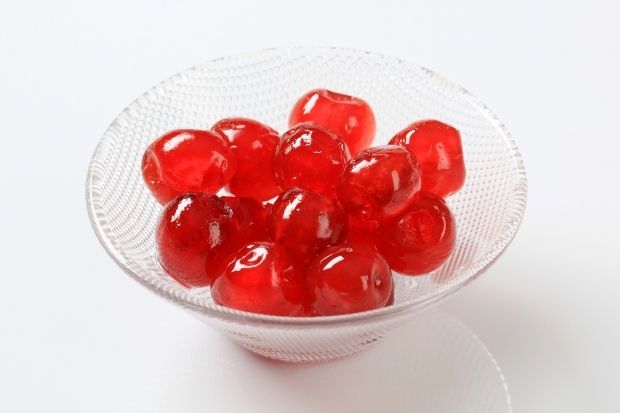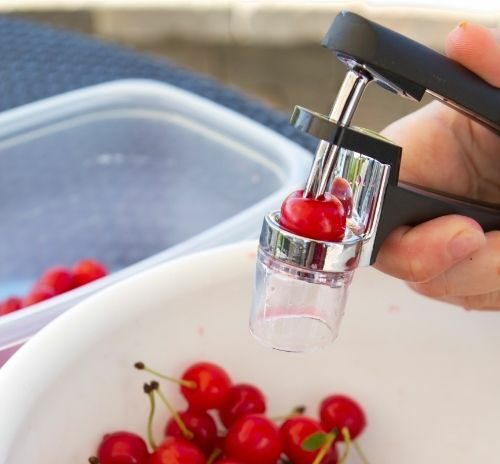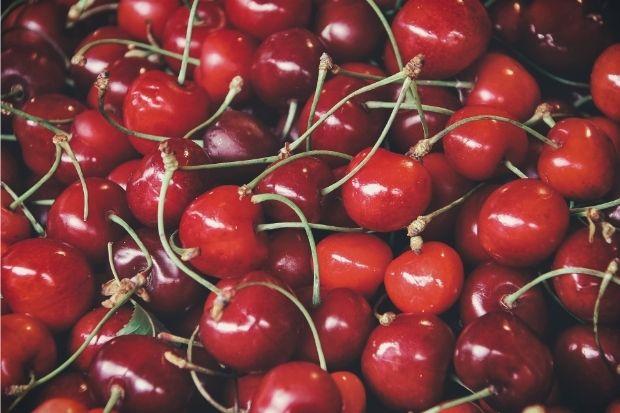Cherries are a delicious fruit that can be eaten plain or cooked in pies and jams. They are packed with nutrients, including vitamin C, potassium, fiber and more.
If you’re wondering if there are seedless cherries, the answer is no. First of all, cherries do not actually have seeds, but instead have pits or stones. There is no such thing as pitless cherries, either. If you see cherries without pits (think the maraschino variety), this is because the pits were removed during the manufacturing process. Simply put, all cherries naturally have pits in them.

Why Are There No Seedless Cherries?
Cherries are known as stone fruits, and up until now scientists have been unsuccessful in creating any type of fruit that is entirely stoneless. In 1914, a plant breeder named Luther Burbank came close and created a plum that was partially stoneless. Since then, modern day horticulturalists have worked hard to come up with a way to make fruits without stones, to no avail. The truth is, every time they come close, the process they use compromises either the size or the overall quality of the fruit, which affects its commercial value.
The Purpose of a Cherry Pit
The pit of the cherry is where the actual cherry comes from. In other words, cherries cannot be grown without these pits. Cherry pits should never be eaten in high quantities, however, because they have an ingredient in them that converts into cyanide if you eat a lot of them.
Examples of Stone Fruits
Many fruits can be considered a stone fruit because they have stones or pits in them. These include not only cherries but also plums, peaches, nectarines, raspberries, olives, coconuts, mangoes and apricots, among others.
What About Maraschino Cherries?
Maraschino cherries have their pits removed during the manufacturing process. The manufacturers also add a special type of syrup that helps preserve the pitted cherries and makes them last long, and makes them taste a little sweeter. Many people love these types of cherries, but the only reason there are no cherry pits in them is because they are removed during the manufacturing process.
How To Get Pits Out of Cherries

There are numerous ways to get pits out of your cherries. Each method has pros and cons. The first thing to consider is the number of cherries you’ll be pitting on a regular basis. Cherry pitters are faster than most by-hand methods, but you can do it by hand if removing pits or stones out of cherries is not something you do frequently.
With a Cherry Pitter
A cherry pitter is usually a hand-held device that holds the cherry in a hole in one end. You place the cherry in the hole and press down on the device, which has a tube-like object on top of the hole that pierces through the middle of the cherry. The pit then falls out of the hole at the bottom where it can be easily discarded.
Without a Cherry Pitter
You can pierce through fresh cherries with numerous devices that essentially push the pit through the cherry, where it falls out at the bottom. Objects used include chopsticks, straws, and even specialized cutters with blades that you push and which automatically cut out the seeds.
Since there is no pitless and no seedless variety of cherries, it’s good to learn how to remove seeds or pits from cherries. Practice this until you have a foolproof method.
What Happens if You Eat a Cherry Pit?
When you chew the pits of cherries, a compound called amygdalin is released, which converts into cyanide in your body. If you accidentally swallow just a few pits, they likely won’t hurt you. But chewing the pits will release amygdalin, so the more seeds you chew, the more cyanide you’ll end up with in your system. To save yourself a lot of potential agony, it’s best to discard all of the cherry pits you encounter as you eat your cherries. The safest place for stones or pits from any type of cherry is in the garbage can.
While it’s much more dangerous to chew the pits than it is to swallow them whole, it’s best not to consume them at all, just to be on the safe side. Some recipes use these pits as an ingredient, but it usually involves cooking them whole and then removing the actual pits once the dish is made.
